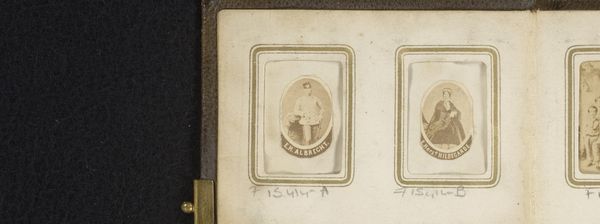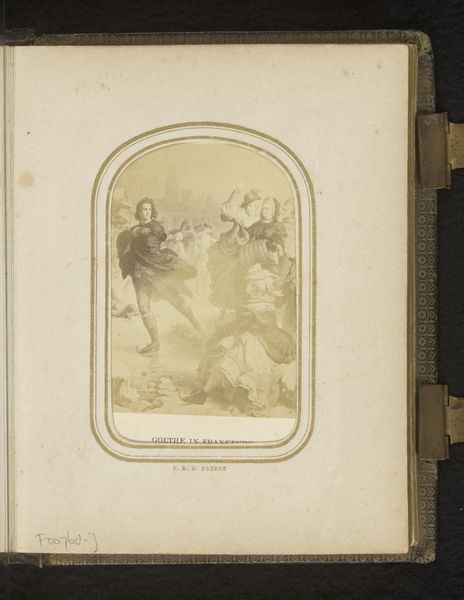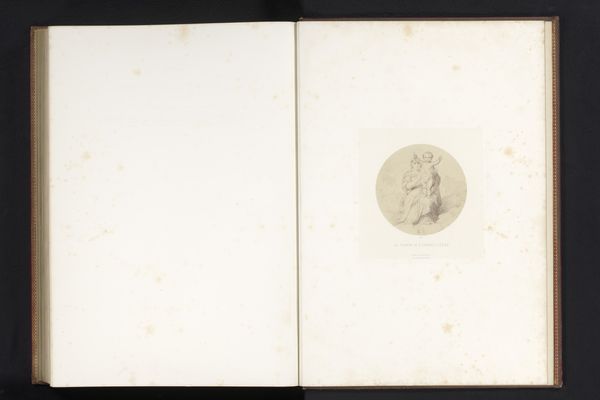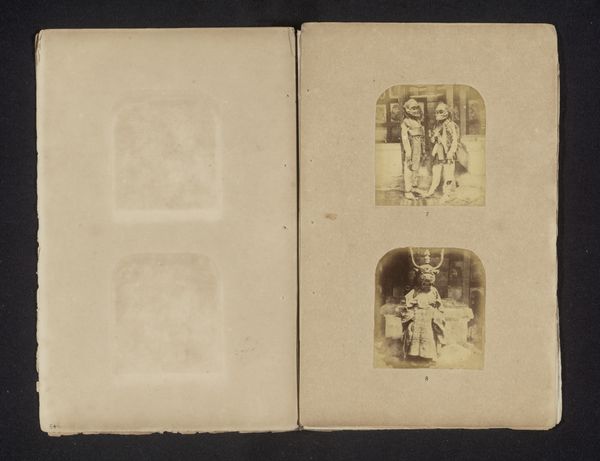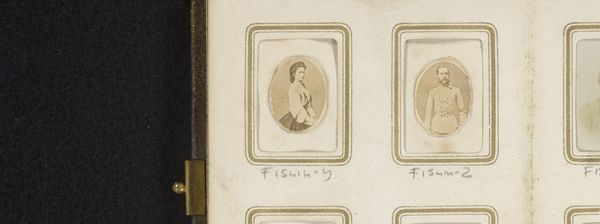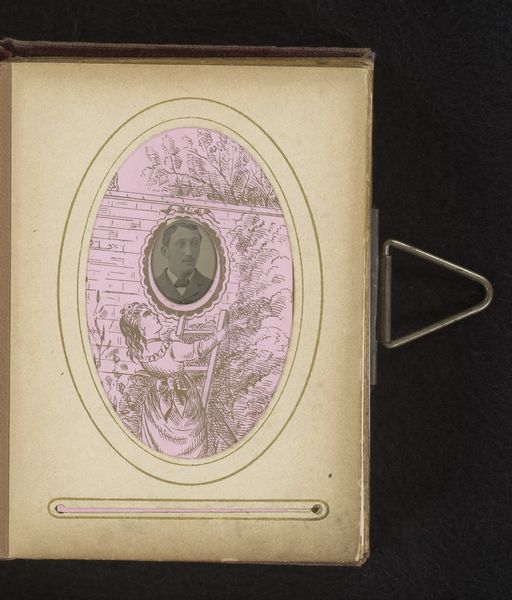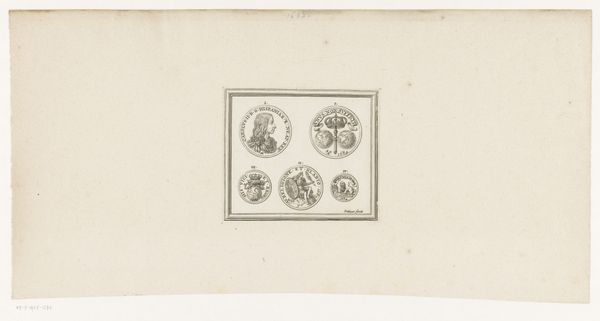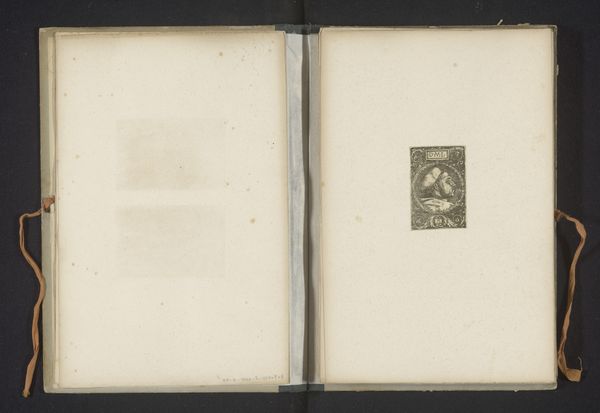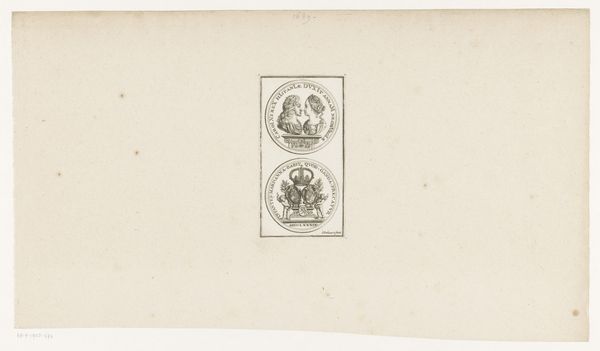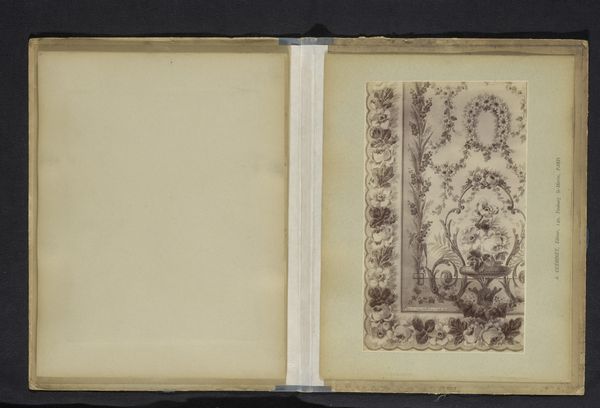
photography, albumen-print
#
sculpture
#
photography
#
miniature
#
watercolor
#
albumen-print
Dimensions: height 15 mm, width 12 mm
Copyright: Rijks Museum: Open Domain
Curator: So, we're looking at a photograph titled "Miniatuurportret van aartshertogin Gisela Louise Marie van Oostenrijk," dating from 1856 to 1900. It’s an albumen print, presented as a miniature. Editor: It's quite small, almost jewel-like! I notice it’s part of a larger page of similar photos. It has a somewhat formal feel, which feels distant to me. What strikes you most about it? Curator: That “distant” feel is interesting, considering the historical context of portraiture at the time. The mass production of photography democratized image-making, yet here we have a miniature, often associated with wealth and exclusivity. It points to a fascinating tension. How do you see this tension reflected in the piece’s public function? Editor: So, even with photography becoming more accessible, portraying a Duchess with a traditional, miniature format keeps some level of exclusivity alive, perhaps even reinforces it? Curator: Exactly! This wasn’t just about capturing an image; it was about projecting a very specific kind of status. Miniature portraits, passed around and worn as jewelry, have a social and political role far exceeding their small size. The materiality communicates more than her mere likeness. What's communicated here about power or authority? Editor: Well, knowing it’s an albumen print and part of a larger photographic album does alter my impression. It wasn't necessarily meant to be displayed in a grand hall but potentially kept in an intimate, private setting? Perhaps it was aimed at a specific audience of peers or family? Curator: Precisely. And that reframing, from a grand display to a personal album, is key. These historical contexts, along with technical aspects like albumen printing, significantly inform our reading. The intended audience informs our impression of both her likeness, her privilege and status. Editor: I see that! It really shifts how I understand not just the image, but its intended impact. Thinking about it that way makes it far more interesting and engaging. Curator: Agreed! It showcases how a deeper understanding of social and political context transforms a simple image into a fascinating artifact of its time.
Comments
No comments
Be the first to comment and join the conversation on the ultimate creative platform.
